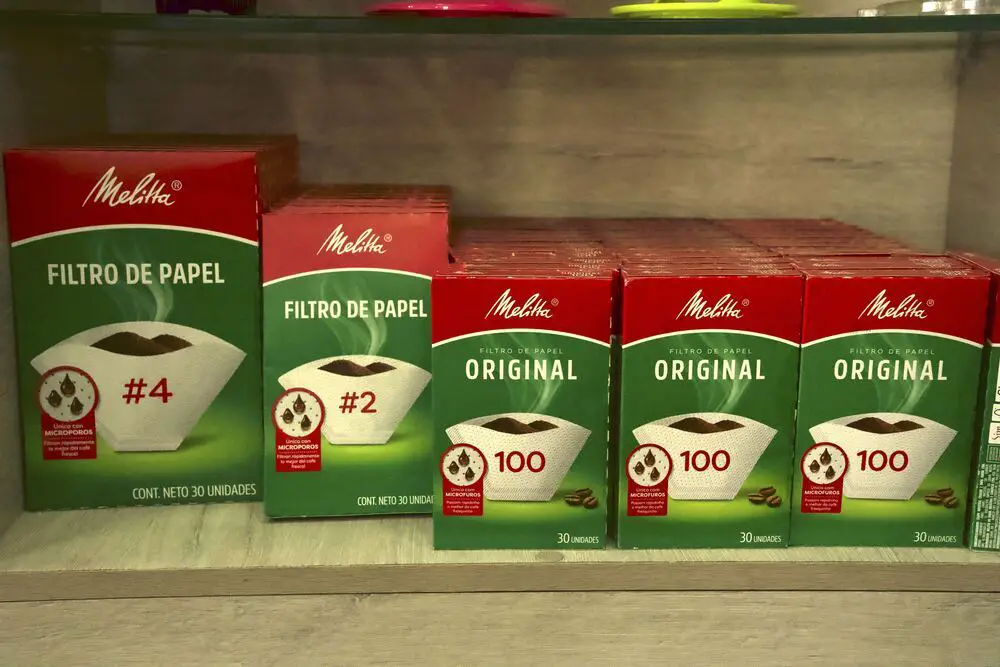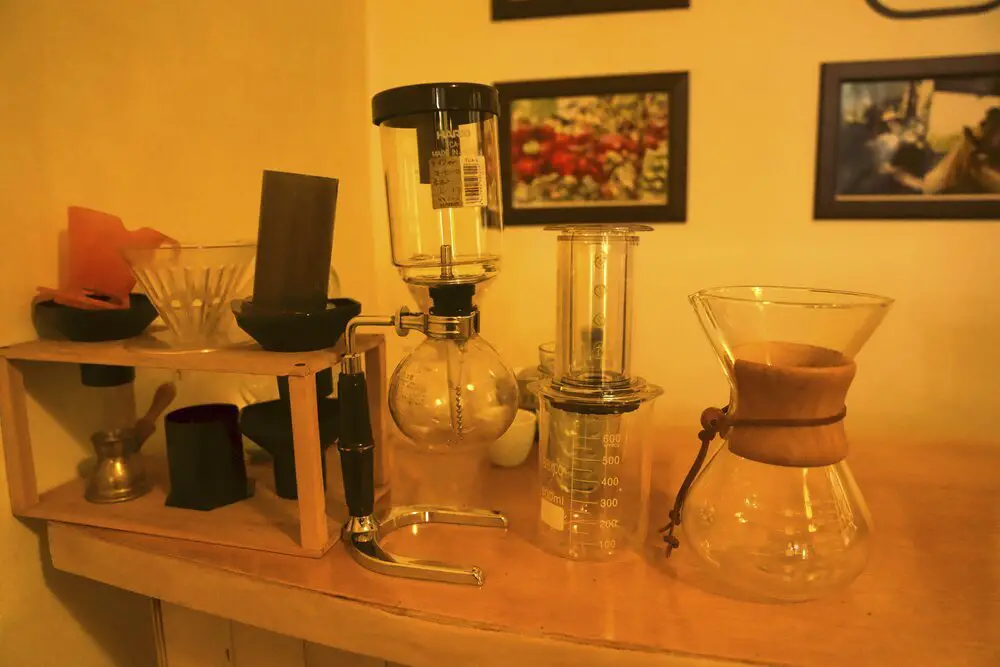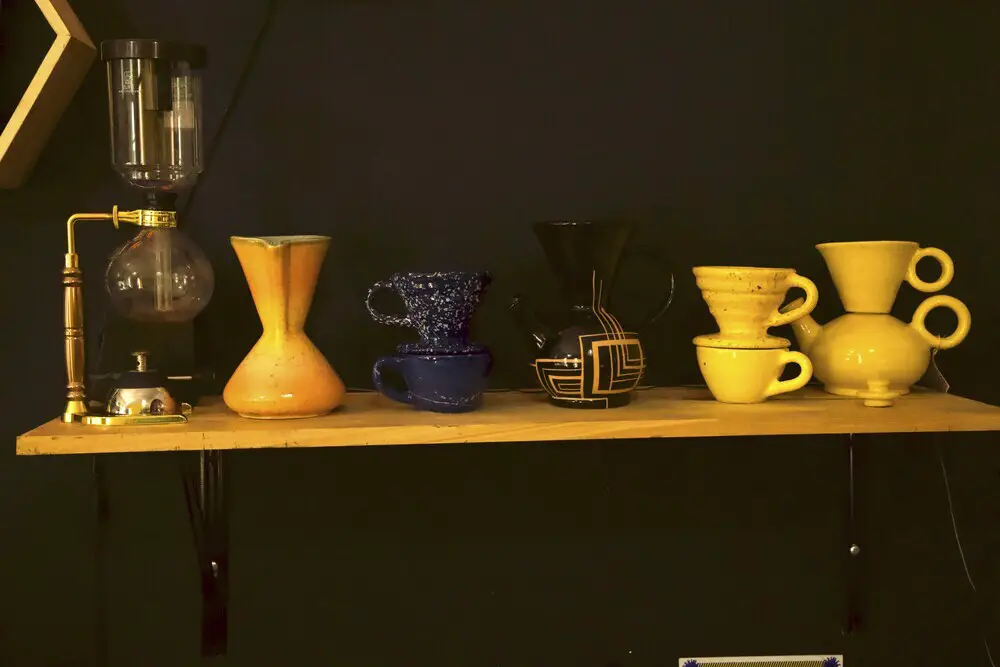Some coffee-making utensils are so important that many of these tools can create new and different flavors in our everyday coffee. This is also the case with coffee filters.
We explain why using the right filter can improve the quality of your coffee.
Table of Contents
Types of filters
Thanks to the different extraction methods with coffee filters, many variants of the same product have emerged.
There are filters made from many materials, some of which are among the largest.
- While stainless steel filters are a good option from an ecological point of view, they can spoil the taste of the coffee. Since they are reusable, coffee residue can sometimes accumulate and form a kind of paste that makes the coffee taste unpleasant.
- Cloth filters sound good, but they are more complex to clean.
- Paper filters are preferred by baristas. These filters come in different shapes and sizes as they easily adapt to any coffee maker.
Why use paper filters for coffee?
Even if using paper filters is not exactly environmentally friendly, there are also sustainable alternatives today.
- There is a suitable filter for every coffee machine. Because it is a very malleable material, there are a large number of sizes and designs on the market.
- Today, paper filters are also made from plant fibers such as bamboo and abaca. At the end of their life they can be composted.
- Paper filters are ideal for extracting a good aroma from the coffee.
- Coffee grounds are retained by paper filters.
For these reasons, paper filters are very popular with professional baristas. In general, there are bleached filters and unbleached paper filters.
Bleached paper filters for coffee
Bleached filters go through a bleaching process in which they change their light brown color to a brilliant white.
Upon completion of this process, the filters may or may not be rinsed prior to use, depending on the manufacturer’s conditions. Thanks to the bleaching process, these filters have no paper aromas or odors that can be transferred to our coffee.
Depending on the manufacturer, chlorine is used for bleaching. The dose of chlorine is safe for our consumption, but chemical waste is produced.
In addition, oxygen can also be used for bleaching.
Unbleached or natural filters
Unbleached filters are less popular. This is mostly to do with the color, as a bright white looks cleaner. Although they have the same properties as bleached filters.
When paper filters are not bleached, they retain all of the flavors and woody smells. If these are not rinsed properly before making coffee, these aromas will transfer to our coffee.
In some very specific cases, these woody notes can enhance the flavor of our coffee, but that doesn’t happen very often.
Unlike bleached filters, natural filters can degrade quickly because they have not undergone any chemical processes.



